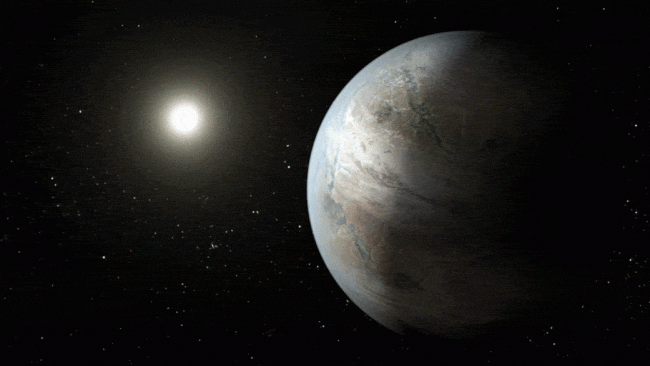Kepler/K2
Since the early 1990s, astronomers have identified thousands of planets orbiting other stars. Most of those identifications have come thanks to one observatory: NASA’s Kepler space telescope. Until it lost its ability to point, Kepler observed a region of the sky containing about 150,000 stars with potential planets, monitoring them for the slight decrease in light caused by planets crossing in front of the star. After the spacecraft’s pointing control failed, the mission was renamed K2, and it continued to hunt for exoplanets as it tumbled slowly, with its field of view drifting slowly across the sky. The mission finally ended in 2018, though the data it produced continues to provide astronomers with valuable information about planets in our galactic neighborhood. Astronomers from the Center for Astrophysics | Harvard & Smithsonian were responsible for the preparation of the catalog for potentially interesting stars, and have participated extensively in follow-up observations of Kepler planetary discoveries.
The Telescope and the Science
The Kepler space telescope’s original mission was to observe one patch of the sky containing roughly 150,000 main sequence stars — stars like the Sun in the prime of their life. This patch of the sky is 115 square degrees, or roughly 575 times the apparent size of the full Moon on the sky. The telescope carries only one scientific instrument: a “photometer”, which simply measures the amount of light coming from those stars. If and when an exoplanet “transits” or crosses in front of its host star, it blocks some of the star’s light. For sufficiently large planets, those with small orbits, or both, the light blockage is large enough to be detected.
Astronomers identified over 2000 exoplanets using data from the Kepler mission, with more than 2000 possible planets that require follow-up confirmation as of 2018. In addition, Kepler has been a boon to astronomers studying variations in stars due to starspots and other stellar “weather”, since these phenomena also result in fluctuations in a star’s light measurable by the photometer. After the spacecraft lost its ability to point at the original patch of the sky, it began tumbling slowly, pointing at different places as it turned. After that, NASA renamed the mission K2, and its focus became hunting for exoplanets in orbit around small red stars. The K2 mission discovered over 300 exoplanets with several hundred more candidates.
CfA astronomers prepared the initial Kepler Input Catalog (KIC), the set of stars in the Kepler field of view that met the criteria for observation. The KeplerCam instrument on the Fred Lawrence Whipple Observatory’s 1.2-Meter Telescope was designed by CfA engineers explicitly for this purpose. CfA exoplanet researchers have also relied on Kepler data to perform follow-up observations of the exoplanets.
The Kepler/K2 mission officially came to an end in October 2018. However, its successor mission, NASA's Transiting Exoplanet Survey Satellite (TESS), was also launched in 2018 and immediately began identifying new exoplanet candidates. Kepler’s scientific legacy is secure.

This artistic animation imagines what the potentially habitable exoplanet Kepler-452b might look like. Identified by the Kepler observatory in 2015, the planet's diameter is about 50% larger than Earth's, making it the first rocky super-Earth in its system's "habitable zone".
- Solar and Stellar Atmospheres
- Exoplanets
- Stellar Structure and Evolution
- Neutron Stars and White Dwarfs
- Variable Stars and Binaries
- Time Domain Astronomy